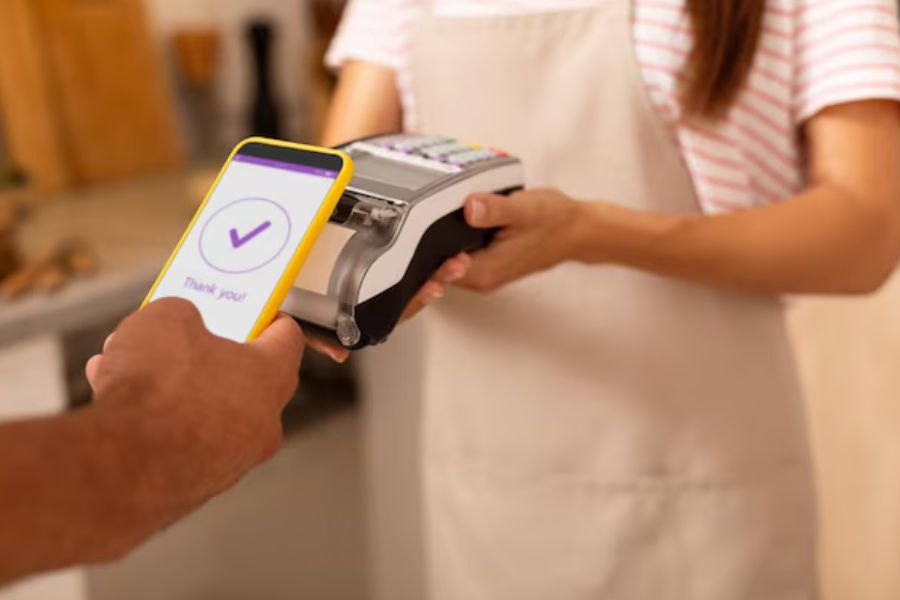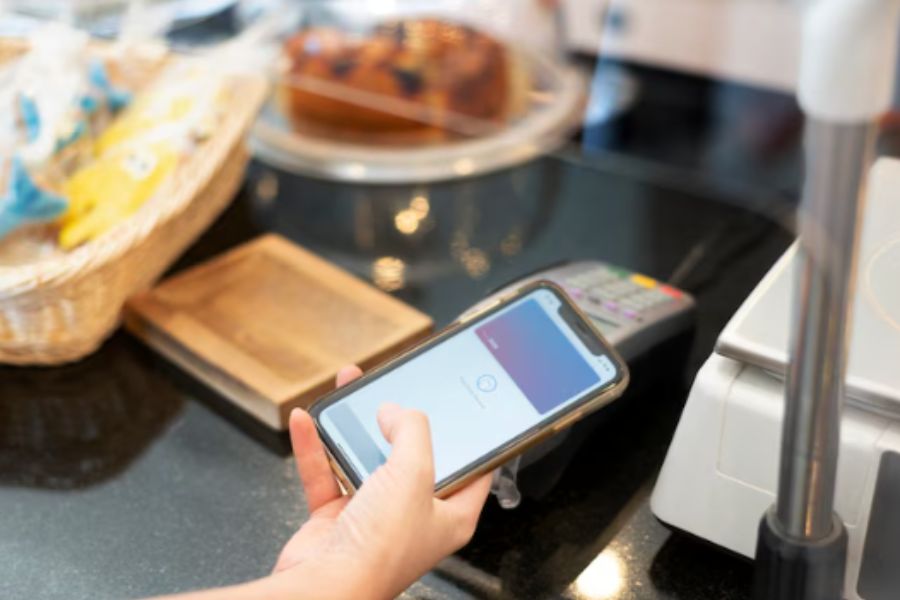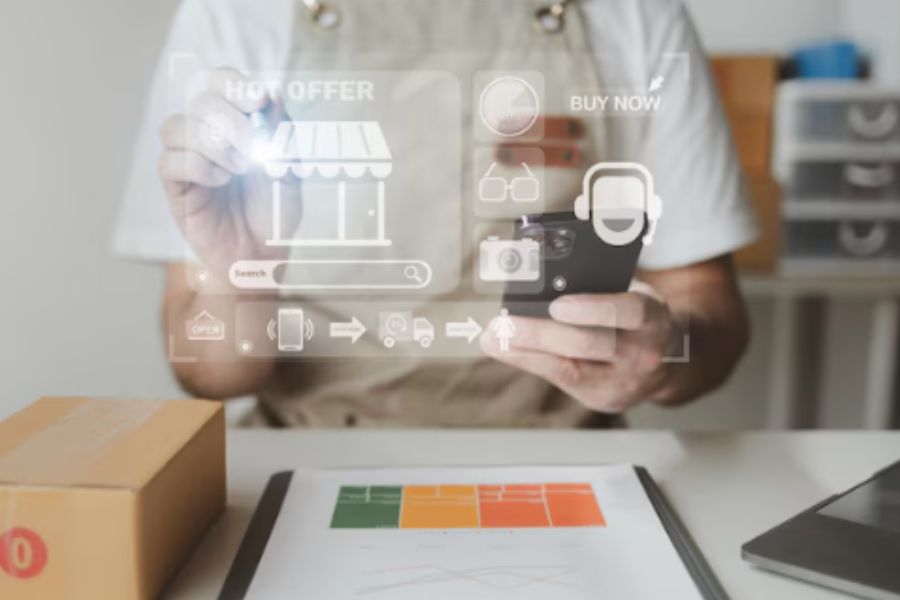Mobile POS apps have transformed the retail landscape, merging convenience with robust functionality. As these applications proliferate, understanding their pricing becomes crucial for businesses aiming to adopt this technology. The cost of a mobile POS app is influenced by various factors, from development and maintenance to the features offered and market dynamics. This article delves into these determinants to provide a clearer picture of what drives the pricing strategies behind mobile POS apps, helping businesses make informed decisions when selecting the right solution.
Key Factors That Determine Mobile POS App Pricing
When considering the adoption of a mobile POS app, it’s essential to understand the diverse factors that influence its pricing. These factors can be categorized into fixed and variable costs, each affecting the overall cost in distinct ways.
Fixed Cost Elements
- Development and Licensing Costs
The initial development of a mobile POS app includes expenses related to software engineering, user interface design, and system testing. Additionally, licensing fees for development platforms or software used during creation are also considered fixed costs. These costs are incurred once and do not change with the number of units sold, forming the base price of the app.
- Regulatory Compliance
Ensuring that the app meets specific industry standards and regulations can incur substantial costs, especially in sectors like finance and healthcare where data protection is crucial. Compliance-related costs are typically fixed as they are defined by regulatory requirements that must be met before the app is launched.
Variable Cost Elements
- Feature Set and Customization
The complexity and customization of features significantly affect pricing. Advanced functionalities such as real-time analytics, CRM integrations, and bespoke modifications for particular business operations can escalate development effort and costs.
- Maintenance and Updates
Post-launch, the app requires regular updates for new features, security patches, and compatibility improvements. These costs can fluctuate based on the frequency and extent of the updates needed.
- Market Demand and Competition
The economic principle of supply and demand plays a crucial role. High demand or limited competition can allow for higher pricing, whereas a saturated market with abundant similar offerings might lead to lower prices. The competitive landscape can cause these costs to vary significantly over time.
- Scalability
The ability to scale services to accommodate business growth affects pricing. Apps designed for easy scaling might carry higher initial costs but are more cost-effective long-term as they reduce the need for significant future investments.
- Support Services
The level and quality of customer support provided (e.g., 24/7 phone support, on-site assistance) influence ongoing operational costs. More comprehensive support offerings often lead to higher prices due to the additional resources required.
By considering both the fixed and variable costs associated with mobile POS apps, you can make an informed decision that balances initial investment with long-term value and operational efficiency.
Pricing Models for Mobile POS Apps
The pricing models for mobile POS apps significantly influence the decision-making process for businesses looking to adopt this technology. These models vary greatly and are designed to accommodate the diverse needs and budget constraints of different businesses.
Subscription-Based Model
Monthly/Annual Fees
This is the most popular pricing model for mobile POS apps. Customers pay a recurring fee, typically monthly or annually, which includes access to the app and often a suite of services such as customer support, updates, and sometimes cloud storage. This model is favored for its predictability in budgeting and steady flow of service updates.
Tiered Subscriptions
Many providers offer different levels of service at varying price points. Higher tiers might include additional features like advanced analytics, increased transaction limits, or expanded customer support options.
Pay-Per-Transaction Model
Transaction Fees
In this model, businesses are charged a fee for each transaction processed through the mobile POS app. This can be beneficial for small businesses or startups with lower volumes of transactions, as it allows them to pay in proportion to their use.
Hybrid Models
Some apps combine a lower subscription fee with transaction fees. This model can balance lower fixed costs with variable costs that scale with business activity.
One-Time Purchase Model
License Purchase
Some mobile POS apps allow customers to purchase a perpetual license for the software. This is less common but can be cost-effective in the long term for businesses that prefer to avoid recurring fees.
Additional Costs
Even with a one-time purchase, there might be charges for updates, support, or additional necessary features over time.
Freemium Model
Basic Free Services
Providers might offer a basic version of their app for free, which includes limited features sufficient for very small businesses or those new to mobile POS technology.
Premium Upgrades
Users can access more advanced features by upgrading to a paid version. This model is designed to provide an entry point that can scale with business growth.
Custom Pricing
For large enterprises or businesses with unique needs, providers might offer custom pricing. This can include a mix of the models above tailored to the specific requirements of the business, often including dedicated support and bespoke development.
ConnectPOS is a flexible mobile POS system designed to adapt to the specific needs and budget constraints of your business. Offering custom pricing, it allows for an affordable integration without compromising on functionality. The system boasts advanced capabilities including real-time inventory tracking, seamless integration across multiple sales channels, and robust customer management tools. These features work together to streamline your operations, enhance the shopping experience for your customers, and ultimately drive sales growth. ConnectPOS is an ideal solution for businesses looking to leverage technology for improved efficiency and profitability.
Estimated Costs of a Mobile POS System
Below is an estimated breakdown of typical expenses for integrating a mobile POS system into your business.
POS Software Costs
Free Options
Many providers offer basic POS software at no cost, which is ideal for new or small businesses just starting out. However, these free versions are usually limited in functionality.
Paid Versions
For more robust needs, including industry-specific features like inventory and customer relationship management, costs can range from $0 to over $200 per month. Businesses that operate across multiple sites or channels will often find themselves at the higher end of this spectrum.
POS Hardware Costs
Cash Registers: Basic models start around $100, with more advanced systems going up to $1,500 or more.
Tablet Stands: Prices for these range from $99 to $199, not including the tablet itself.
Credit Card Readers: Entry-level magnetic stripe readers may be free, whereas more sophisticated models can cost up to $300.
Self-service Kiosks: Countertop models may start at $700, with full-standing versions reaching up to $4,000.
POS Terminals: Mobile terminals might start as low as $49, with comprehensive registers priced up to $1,799.
Cash Drawers: These vary from $39 for a basic drawer to around $1,000 for models with higher capacity.
Barcode Scanners: Simple USB scanners can be as cheap as $20, with high-end scanners featuring touchscreens costing up to $600.
Receipt Printers: Prices start at $26 and can exceed $600, especially for models integrated into complex systems.
Credit Card Processing Fees
Payment processing fees are crucial to consider as they can significantly impact the overall cost of your POS system. The main pricing models include:
Interchange Plus: This model adds a markup to the interchange rate and can vary based on the card type and transaction details.
Flat Rate: Providers charge a consistent fee per transaction, which simplifies budgeting but may be higher overall depending on your sales volume.
Subscription: While less common, this model involves a monthly or yearly fee for processing services, which might be beneficial for businesses with high transaction volumes.
Conclusion
Understanding the factors that influence the pricing of a mobile POS app is essential for businesses to make informed decisions that align with their needs and budgets. The differences between mobile POS systems for small businesses versus enterprises highlight the importance of choosing a system that meets the specific requirements of the business. Mobile POS systems offer numerous advantages for small businesses, including cost-effectiveness, flexibility, enhanced customer experience, real-time data access, and scalability.
If you want to know more about this information about ConnectPOS, feel free to contact us at contact us.



